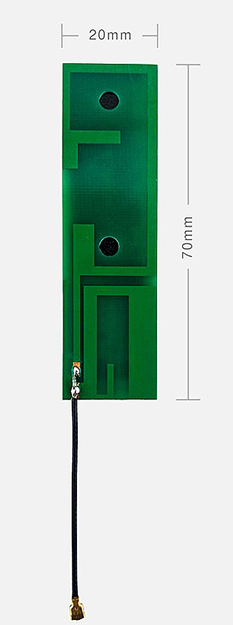PCB antenna effect
Introduction
With the ever-increasing demand for wireless communication devices, the importance of antenna design has become crucial for the efficient operation of such devices. Antennas are an essential part of communication systems, and with the advancement of technology and the need to minimize space in electronic systems, printed circuit board (PCB) antennas have seen a rise in popularity. PCB antennas are small, low cost, and can be integrated into any electronic product easily. However, there are certain challenges related to the design and performance of PCB antennas that need to be taken into account.
PCB Antenna Theory
A PCB antenna is basically a type of antenna that is etched onto a printed circuit board. A PCB antenna works on the same principles as any other antenna, i.e., it is designed to radiate electromagnetic energy into free space or receive such energy. In PCB antenna design, various parameters need to be taken into account, including antenna size, substrate type, copper thickness, and ground plane. The antenna's performance can also be improved by using an impedance matching network.

PCB Antenna Effects
Despite being small and relatively easy to design, there can be certain challenges associated with PCB antennas that can impact their performance. These challenges include:
1. Miniaturization Effect: The size of a PCB antenna has a direct impact on its performance. The smaller the antenna, the lower its efficiency. Therefore, while designing a PCB antenna, the designer needs to focus on striking a balance between size and performance.
2. Surface Wave Effect: The surface wave effect can cause a reduction in a PCB antenna's performance. This effect occurs when the electromagnetic field of the antenna couples with the surface of the PCB substrate, resulting in energy loss.
3. Ground Plane Effect: The ground plane is a critical component of a PCB antenna design. The presence of a ground plane helps in improving the antenna's efficiency and impedance matching. However, if the ground plane is not designed correctly, it can cause a reduction in the antenna's performance.
4. Radiation Pattern Effect: The radiation pattern of a PCB antenna is another critical factor that affects its performance. The radiation pattern describes the direction in which the antenna radiates energy into free space. If the radiation pattern is not optimized correctly, it can lead to signal distortion and loss.
Conclusion
PCB antennas have emerged as a critical component of wireless communication systems, owing to their small size, low cost, and easy integration into electronic products. However, the design and performance of PCB antennas need to be optimized carefully to avoid any potential issues related to size, surface wave, ground plane, and radiation pattern effects. While designing a PCB antenna, the designer needs to pay attention to the antenna size, substrate type, copper thickness, and ground plane, among other parameters, to ensure optimal performance. As technology continues to evolve, PCB antenna design will continue to evolve, and more innovative solutions will emerge to address the challenges associated with this technology.





